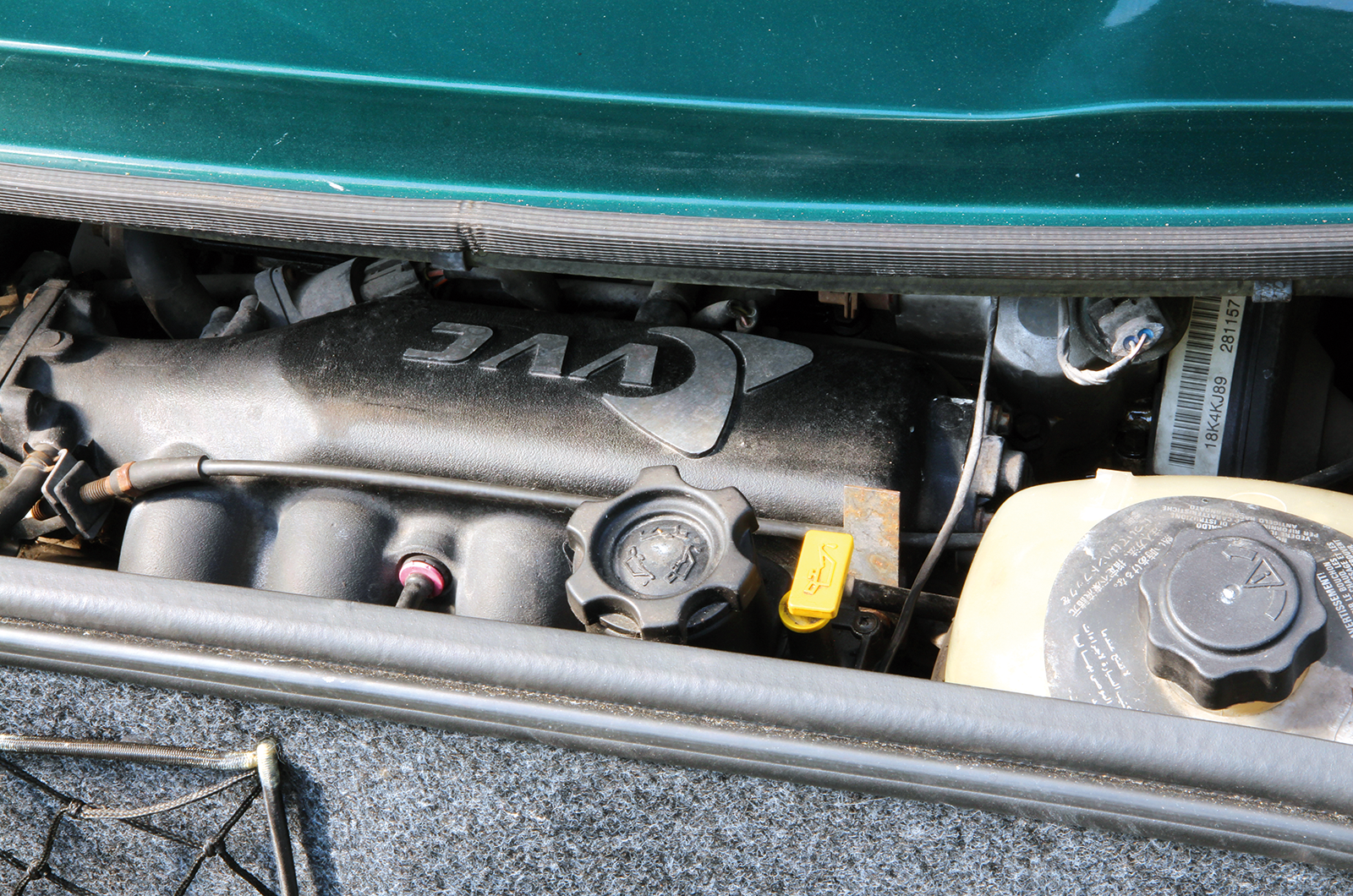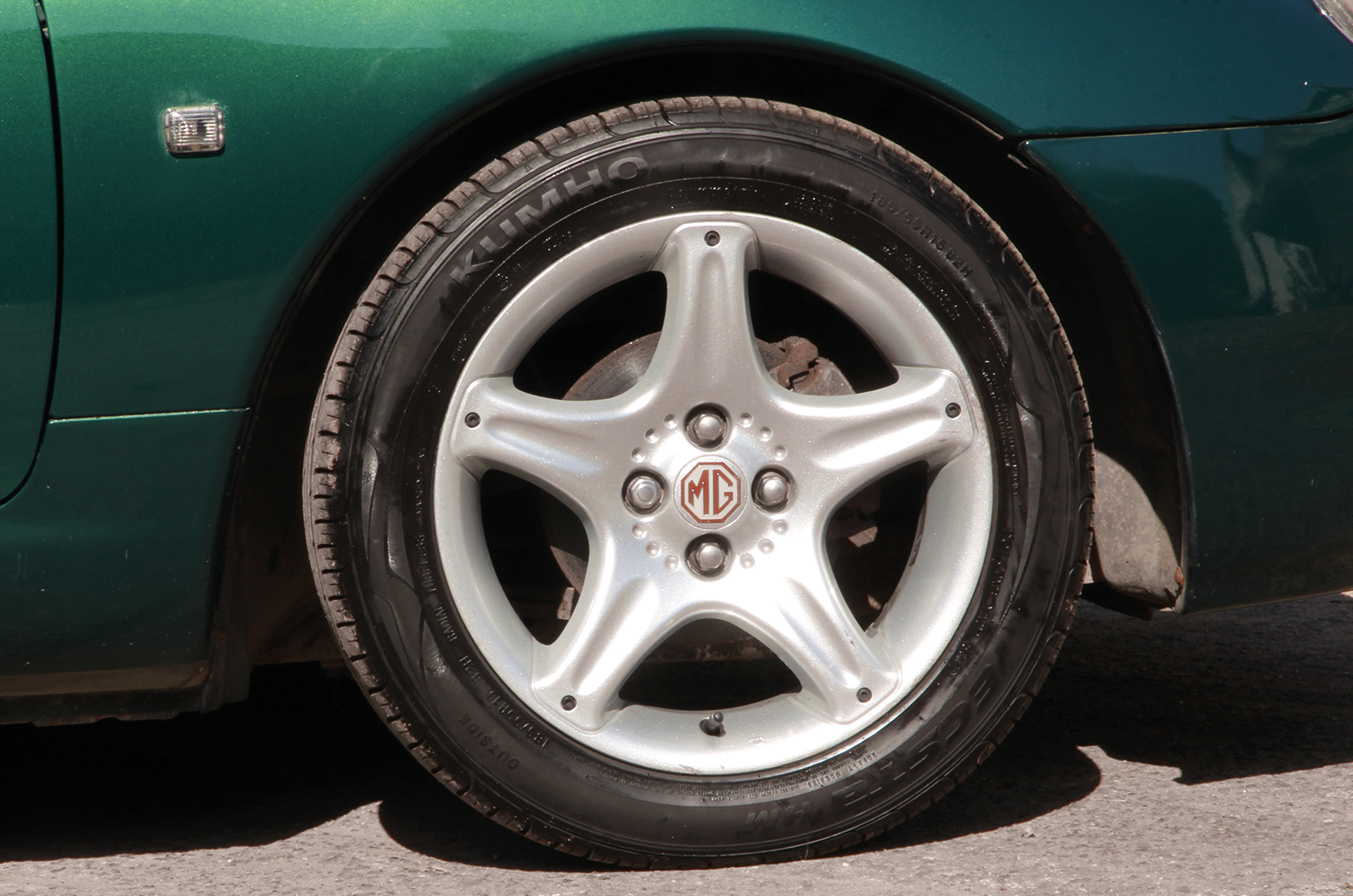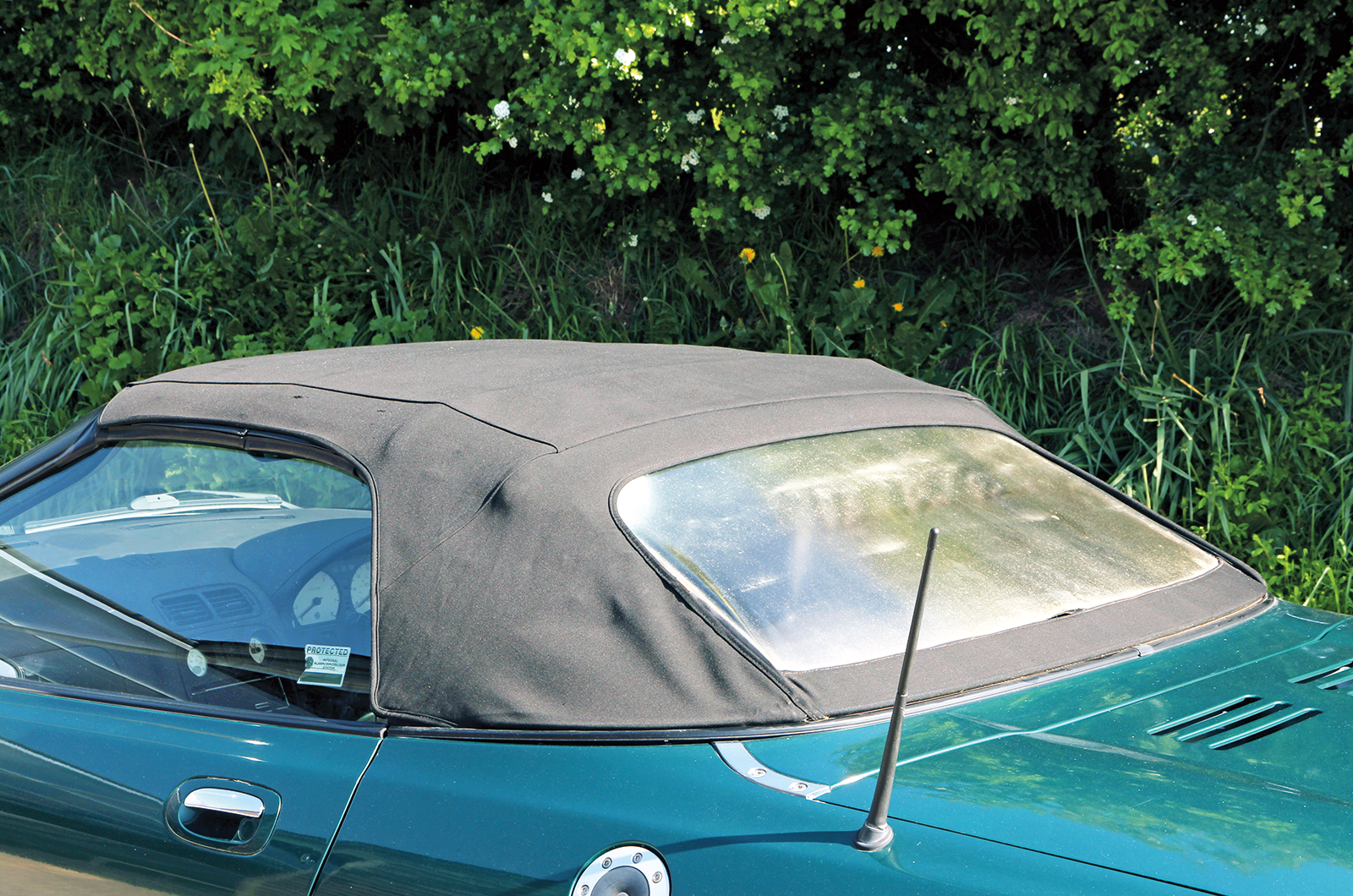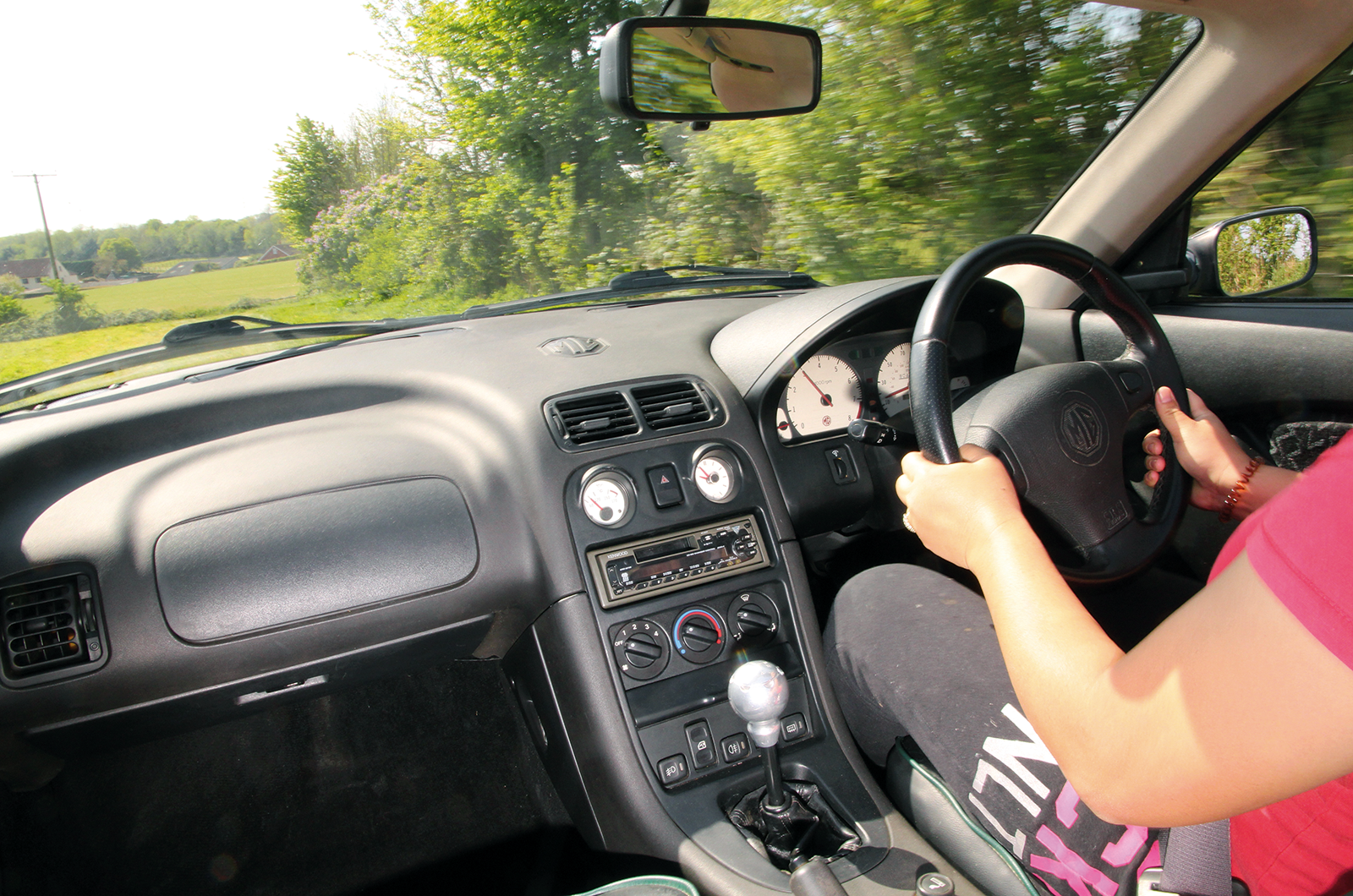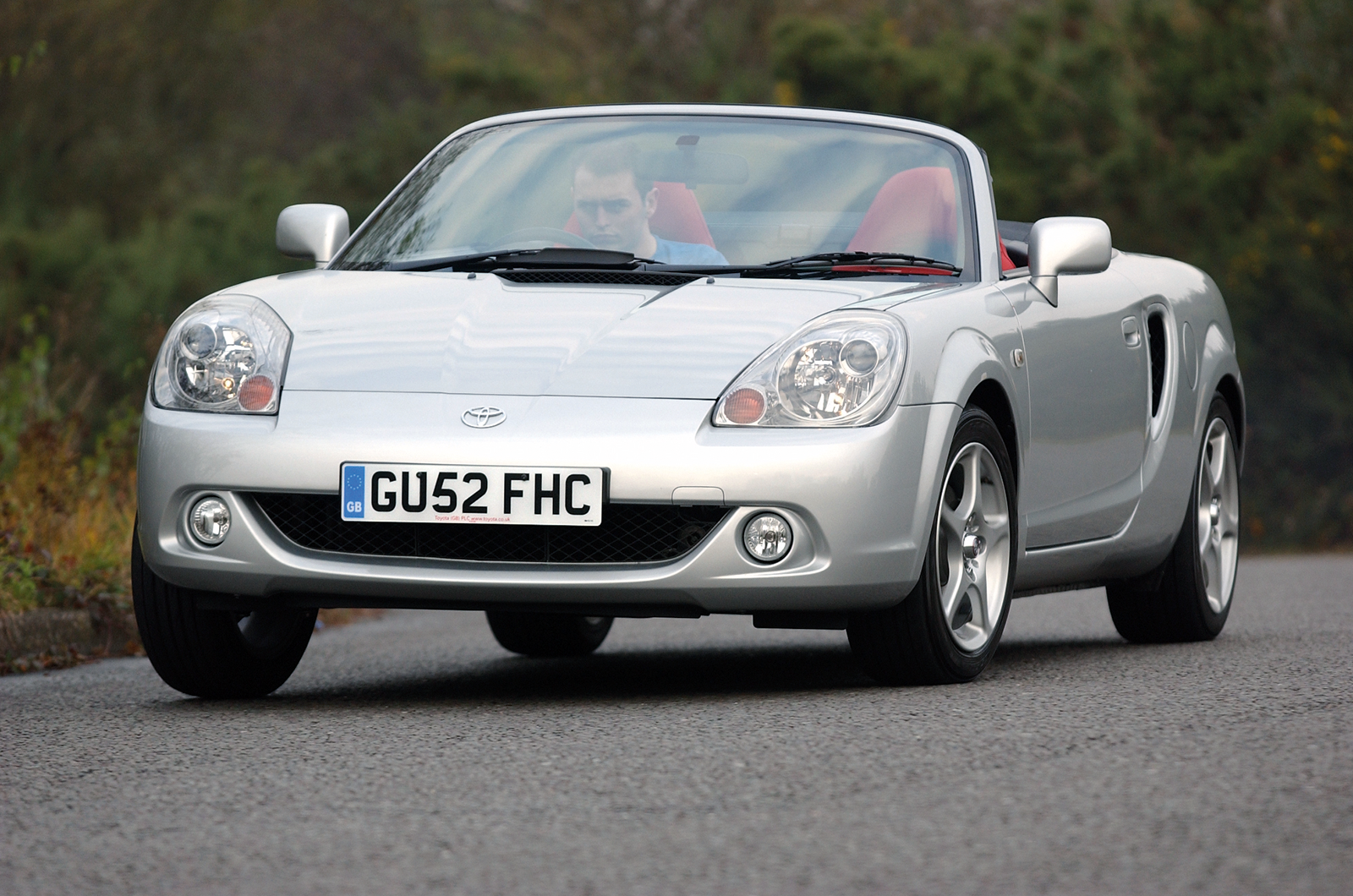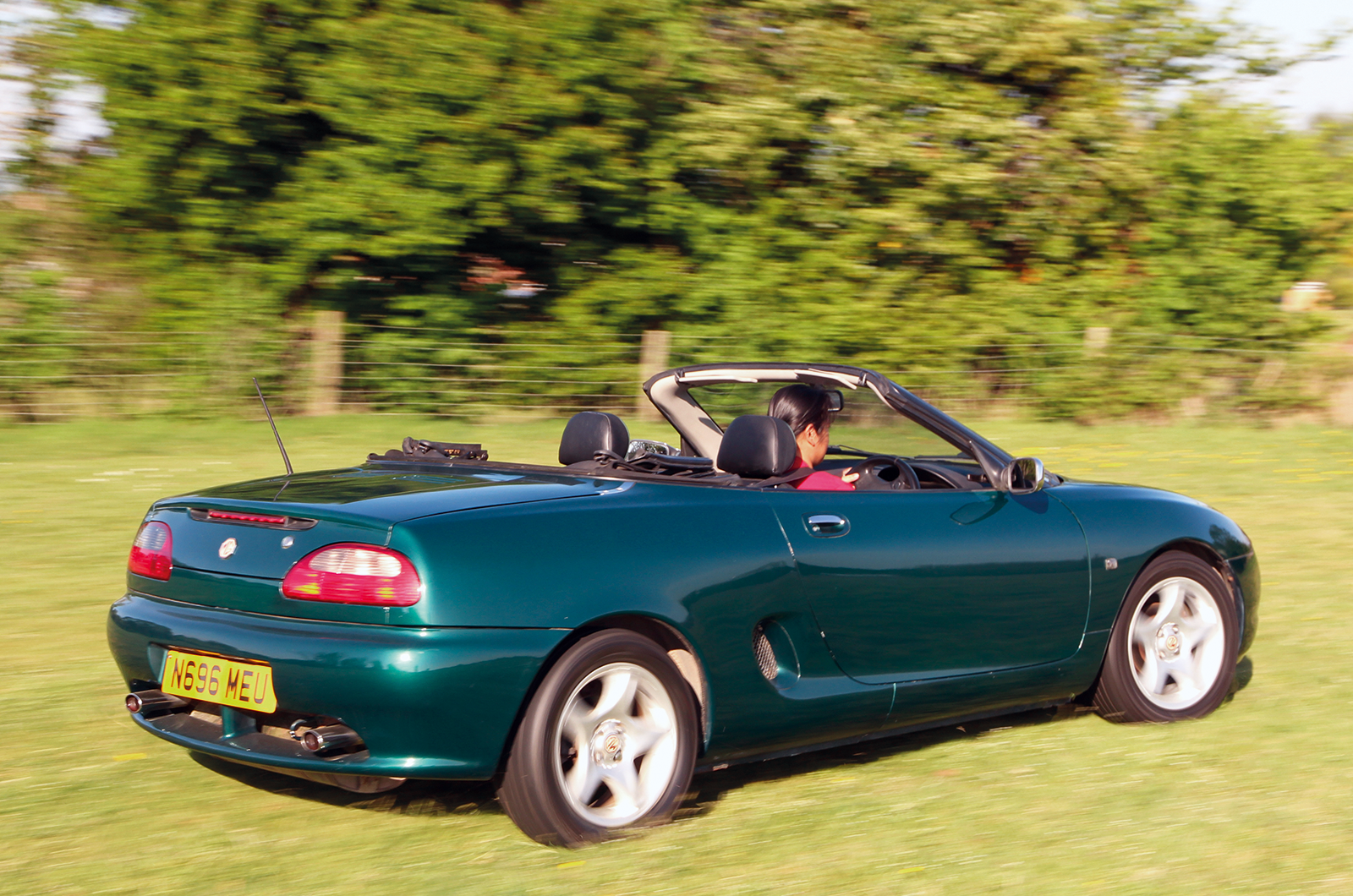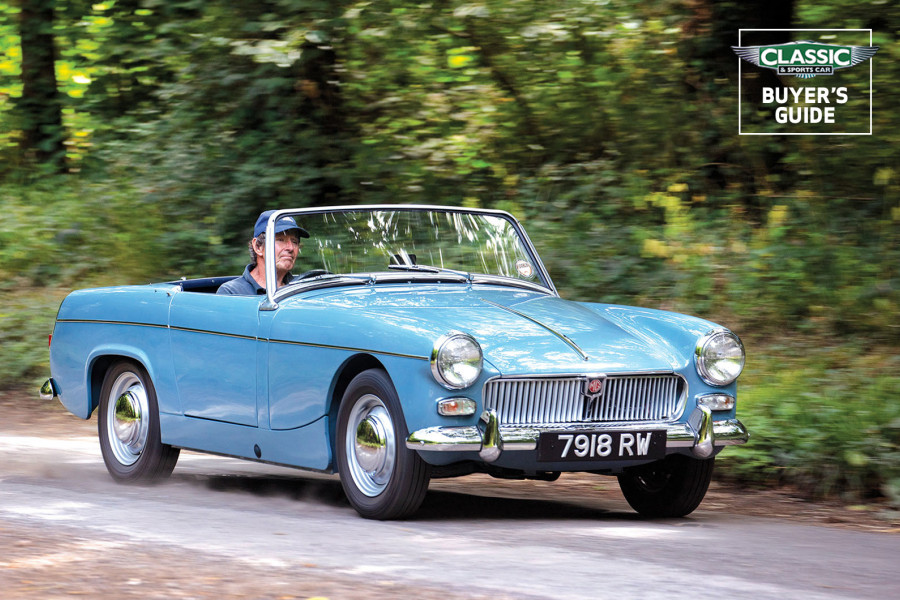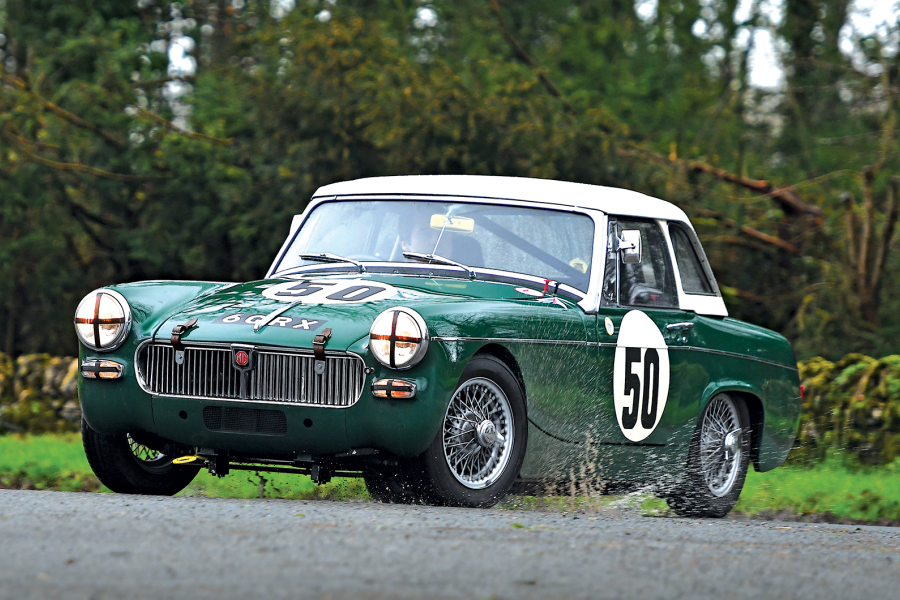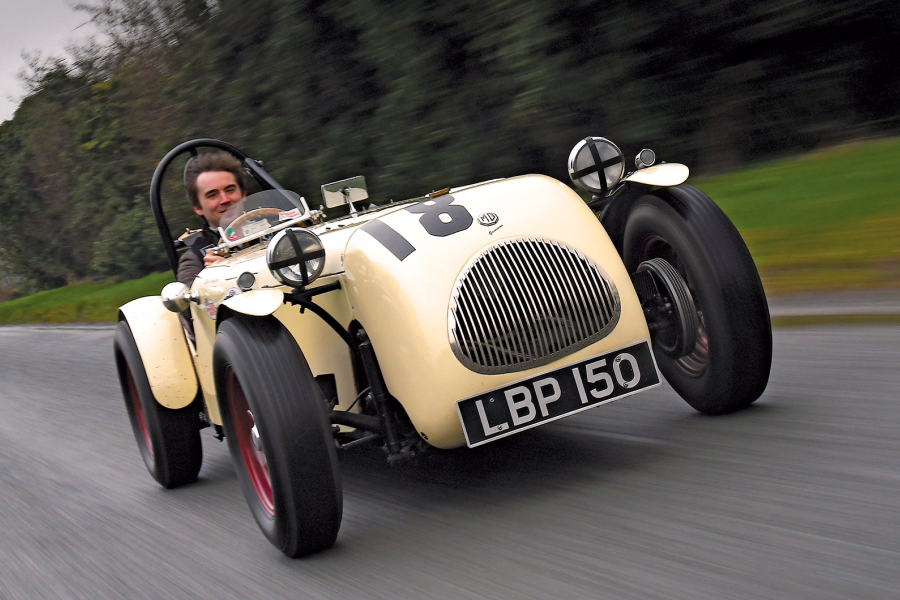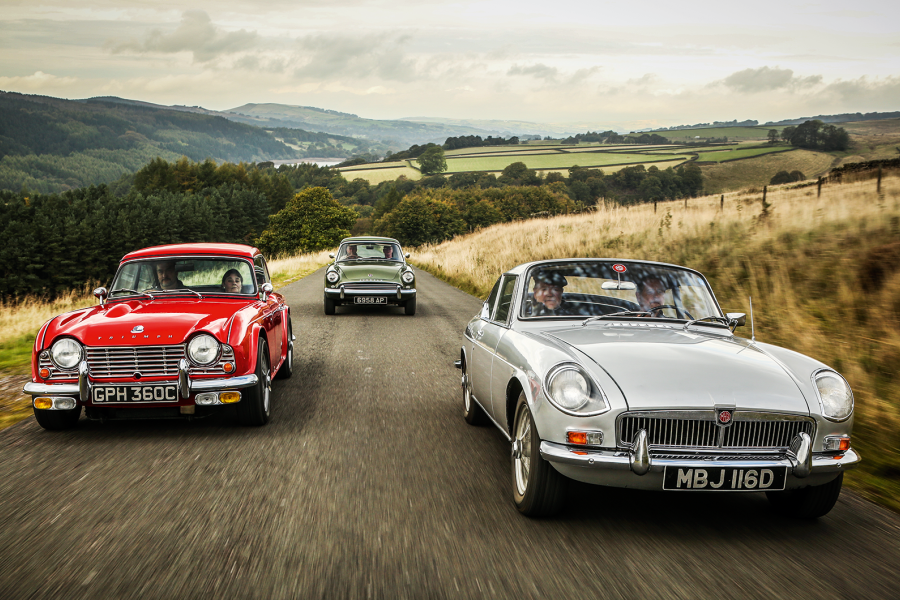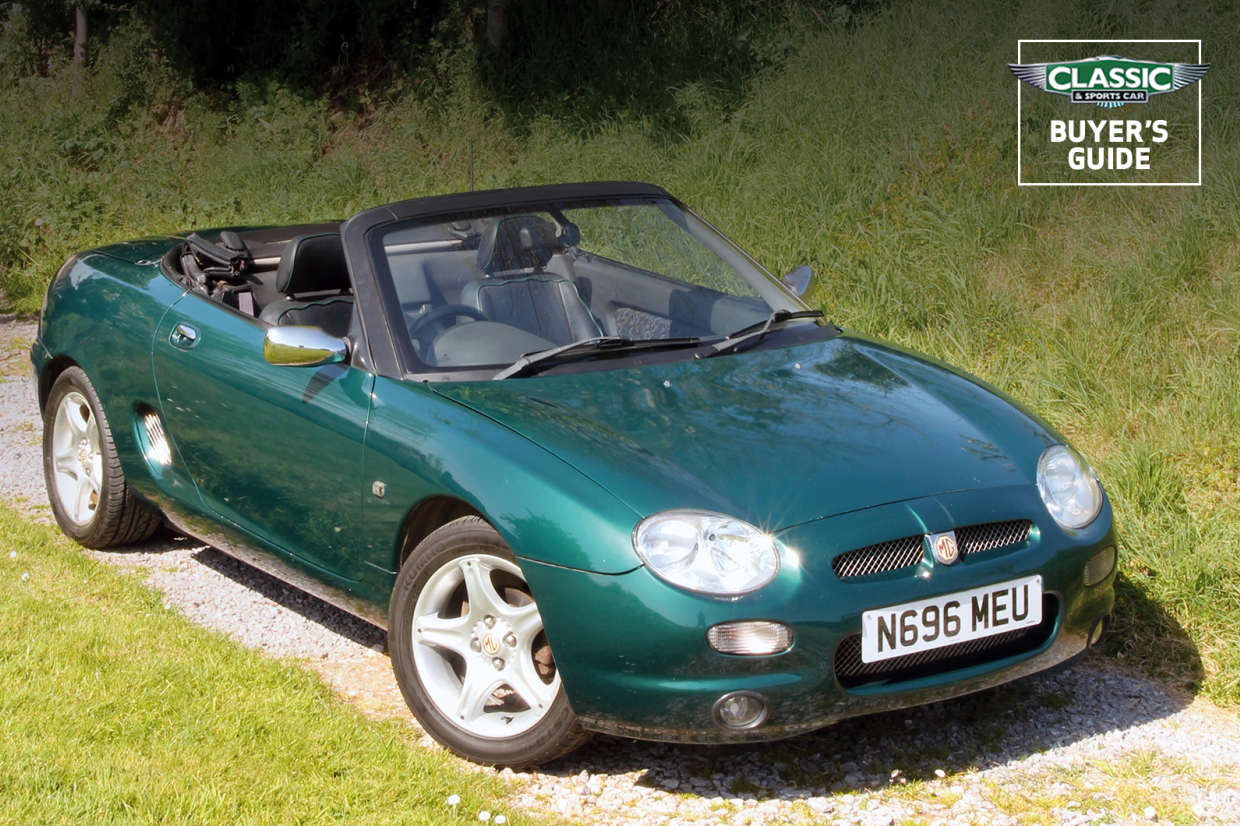
Why you’d want an MGF
Fun, practical, economical, usually reliable and the best-value mid-engined sports car on the market, the MGF has quietly reached 25 years of age without most collectors giving it a second glance.
Yet the Lotus Elise, which shares its powerplant and layout in a more focused (but less practical) package, is soaring in value.
One thing is for sure, as MGFs are scrapped in their thousands due to low values not justifying repair, numbers will soon reach the point where demand exceeds supply – at least for examples that merit preservation. Except for the final NAC-built TFs, prices cannot fall any further.
Hailed as the long-awaited saviour of Britain’s greatest sporting marque, the F had so much riding on it –and it really seemed to deliver.
Its styling was unique, friendly and popular, and it has aged well.
The light and powerful twin-cam K-series engine gave it adequate urge and could be specified with Variable Valve Control for extra oomph that would leave most older sports cars and hot hatches in its dust.
The mid-engined layout was well engineered to give superb roadholding with safe and fun handling.
The cabin was comfortable and spacious enough for two, with sufficient trim and accessory options to satisfy most tastes.
After the initial euphoria, road testers were negative about the road-oriented set-up. Rover was making the first affordable middie, so it dialled-out snap oversteer with an excellent ride/handling compromise that felt comparatively anaesthetised.


